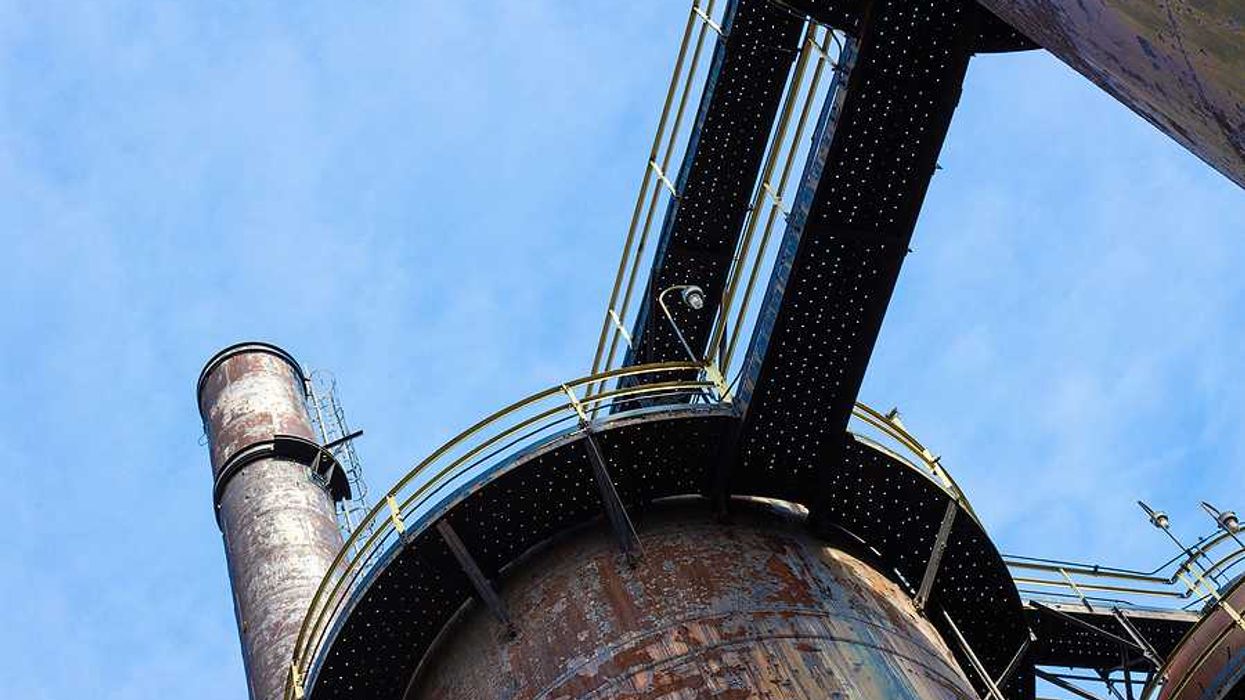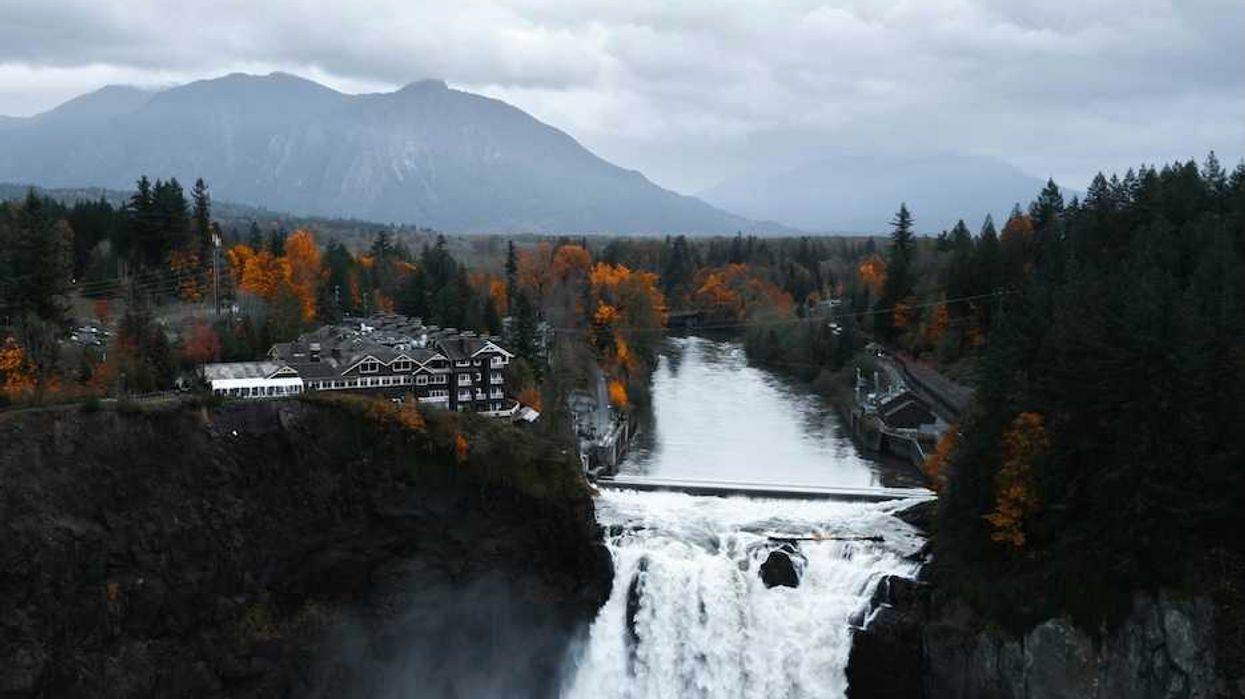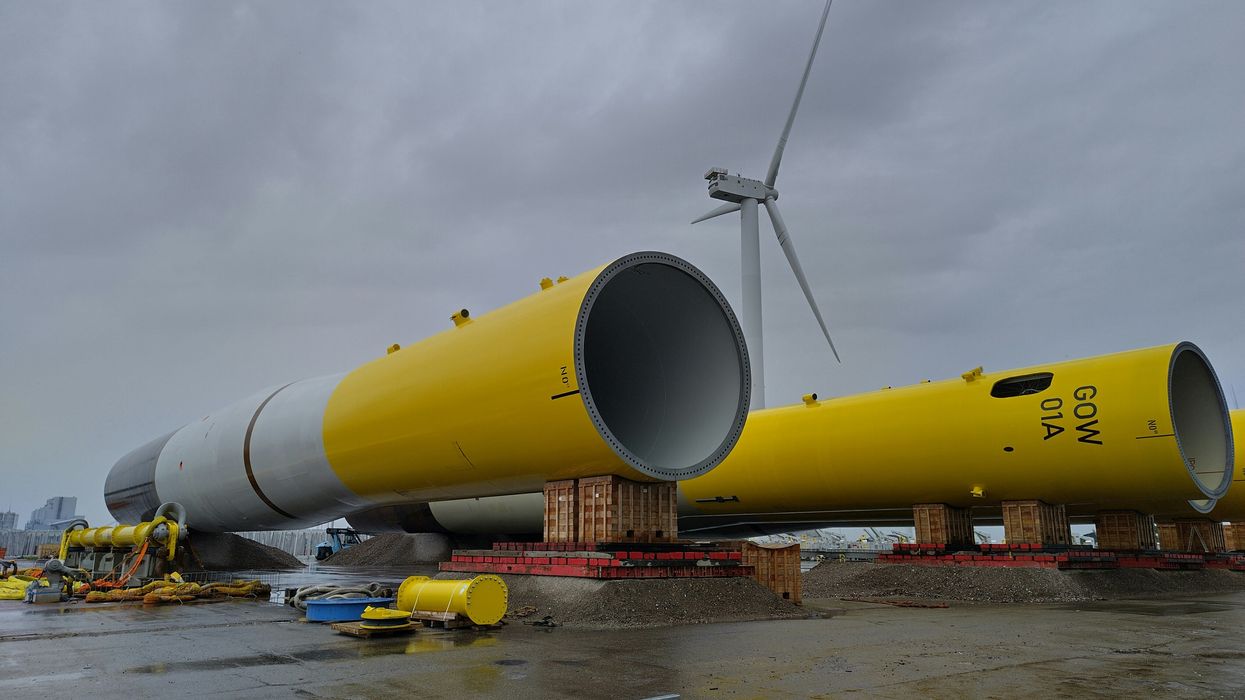The Guardian: California’s decades-old offshore oil platforms are home to a huge diversity of marine life. Now a debate rages over their fate, writes Katharine Gammon.
In a nutshell:
A debate is unfolding over what should happen to disused oil platforms off the coast of California, which have transformed into thriving ecosystems. Some argue for their complete removal, deeming them environmental blights, while others, including scientists, advocate preserving these accidental oases. The structures, built between 1967 and 1989, have become vital habitats for diverse marine life. Research shows that these rigs are exceptionally productive ocean habitats, with fish abundance far surpassing natural reefs. The question remains whether to embrace them as artificial reefs or opt for their costly and environmentally impactful removal.
Key quote:
“If you take away habitat, then there’s no going back," marine biologist Ann Scarborough Bull says. “You would never allow the willful destruction of a kelp bed, or of a rocky reef, even though rigs have similar biodiversity.”
The big picture:
Research has revealed their remarkable productivity, with fish populations thriving at these artificial reefs. But critics argue that the visual presence of these structures on the ocean horizon can be seen as pollution and may affect the aesthetics of coastal areas. Some also contend that repurposing these rigs allows fossil fuel companies to evade the financial responsibility of decommissioning. Environmental groups emphasize the importance of returning the ocean environment to its original state, expressing concerns about toxic debris left behind during the conversion of these rigs into artificial reefs.
Read the article at the Guardian.
Learn more: Although offshore wells are supposed to be plugged before they are abandoned and decommissioned, the state of those plugs post-abandonment is not well monitored. The Gulf of Mexico is littered with tens of thousands of abandoned oil and gas wells, and toothless regulation leaves climate warming gas emissions unchecked, writes Hannah Seo for EHN.













